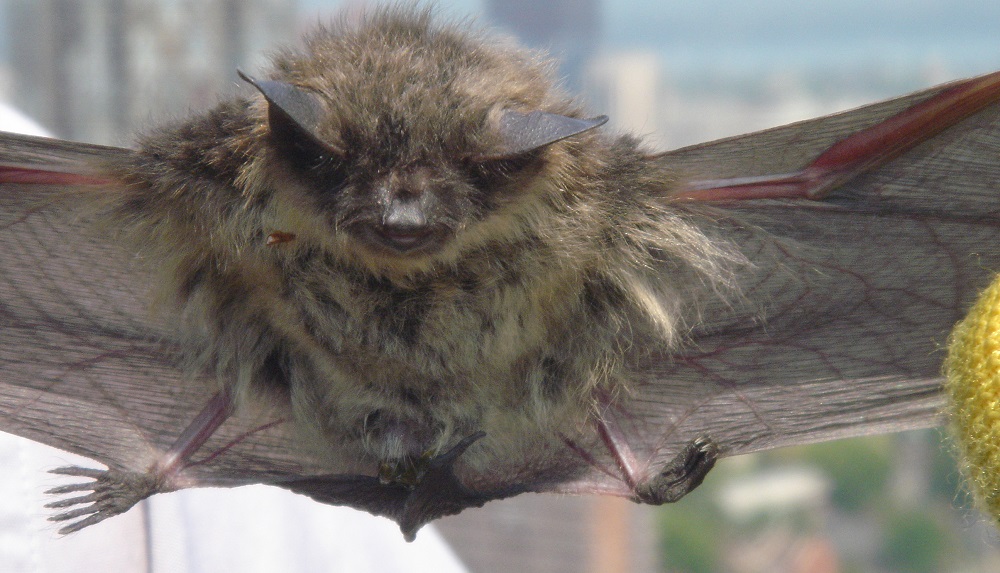This year’s novel coronavirus pandemic again highlights an interesting fact in the animal world: Bats make great hosts for viruses. Research suggests that SARS-CoV-2 might have originated in bats. It is not the first virus to be transmitted from bats to humans, nor will it be the last. How is it this flying mammal survives all these viruses, while people do not fare nearly as well? The answer may surprise you.
The Winged Mammal
Bats carry the distinction of being the only mammal that can manage sustained flight — that is, without the help of technology. Though these animals have the same bones in their forelimbs as other mammals, those appendages have evolved adaptations that allow them to fly.
The United States alone is home to more than 40 bat species, and they can be found in nearly every environment, including our homes. Our attics serve the same function as a cave to a bat: a safe space to settle and raise a family. Should you suspect the presence of this winged mammal in your home, be sure to call experts in bat removal Whitby. Never handle the situation yourself.
A Good Environment for Viruses
A virus needs a host to survive for any length of time and to reproduce. While most viruses can make it for a short duration in the air or on surfaces, this is not their ideal home. Mammals, including humans, provide the microbes everything they need to thrive and reproduce, as long as our immune systems do not kill them before they can make the leap to another host.
Viruses like the ones that cause the common cold have been with us for a long time. These viruses have co-evolved with us, and we have adapted to their presence. They make us a little sick but are more of a nuisance than a serious threat.
Bat biology is adapted to approximately 137 different viruses. Of those, 61 are zoonotic, meaning that they can make the jump from an animal host to a human one. It turns out that the reason bats are able to survive invasion from so many different types of viruses might have something to do with their unique ability among mammals.
The Secret Superpower of Bats
Not only is the ability to fly a unique trait among mammals, but it also might be the very thing that protects bats against viruses. The act of flying utilizes a lot of energy. This energy production leads to excess waste that would pose a threat for bats without a means of dealing with it. Scientists now believe that bats have developed a response to this flight-produced waste that has the added benefit of fighting off viruses just enough to not get sick or die from them.
In most animals, the immune system responds to viral invasion by overreacting, which is the very thing that leads to illness. In bats, their immune response is lowered to protect them from the damages flying could cause, which, coincidentally, protects them from viruses as well. This allows bats to survive viruses against which humans don’t fare as well, and sometimes, unfortunately, pass those viruses on.
Despite the fact that bats are able to transmit diseases to humans, their benefits to our ecosystems far outweigh the risks of their presence. Bats are critical to environmental health. They eat insects, including mosquitoes, and pollinate flowers and crops. However, humans are continuing to encroach on bat habitat, bringing us into closer contact with an animal that has no intention of doing harm.
Skedaddle Humane Wildlife Control
If a bat takes up residence in your home, entrust our Whitby wildlife experts with humane bat removal. Skedaddle technicians provide professional humane wildlife control services. We ensure bats and other wildlife are removed in a manner that keeps the animals and your family safe. Contact us today for more information on the services we provide or to schedule an appointment.



